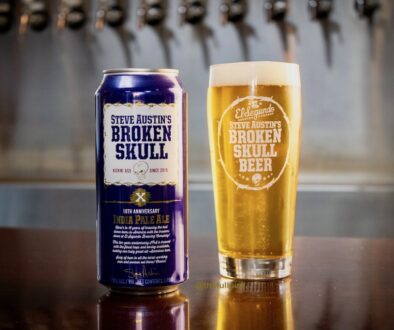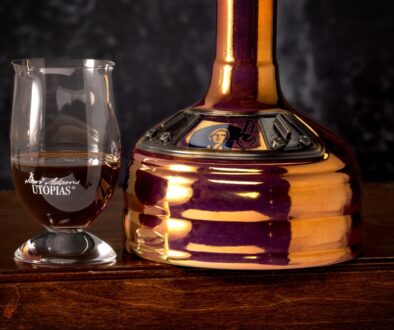The Bruery Issues Recall on Bottles of Couverteur
(Placentia,CA) – Regrettably, after tasting and testing bottles of Couverteur over this past week, we have decided that it doesn’t stand up to our standards. Some bottles we’ve tested are showing a decrease in pH, which is an indication of the presence of lactic acid producing bacteria. Couverteur initially passed our vigorous Quality Control process, so we are investigating why this beer slipped through the cracks. In the meantime, we’ll be issuing an automatic refund to any of our Society members who have purchased this beer and we will be halting any future allocation pickups or future sales.
We know, this sucks. You don’t have to tell us. It isn’t the first time it has happened and in all honesty, due to our experimental nature, it may not be the last.
There are two sides to being a brewery as experimental as our own. On the hugely positive side, we have the opportunity to play with ingredients and processes that may scare away more traditional brewers, leading to incredibly delicious beers. Our curiosity can spur all sorts of exciting concepts and many times the only way for our dreams to become realities is to use unusual ingredients or risky brewing methods. On the negative side, sometimes things don’t go as planned.
For many of our beers, Couverteur included, we add ingredients such as cacao nibs, vanilla beans, fruit or spices on the “cold side” of the brewing process. This means that we are adding a new ingredient to the beer towards the end of fermentation, well after the wort has been boiled and sanitized (the “hot side”). Adding ingredients on the cold side brings out flavors that are as bold and fresh as possible, different from what you’d get by more safely adding ingredients during the hot side of the process.
Bacteria and wild yeast strains live everywhere, and adding ingredients on the cold side increases the risk that they are introduced into the beer. One major step that we’ve taken to inhibit introduction of unwanted bacteria to our beer is by using an ozonator. This device is used to surround ingredients, such as cacao nibs and other late addition ingredients, with ozone gas (O3), which attacks and degrades any microbials that it contacts. It’s a common method for sanitizing bottled drinking water and is often used in the wine industry, and now the beer industry, for sanitizing barrels and ingredients.
We’re not sure why this process didn’t work this time around, but it’s possibly due to the density and compactness of cacao nibs. A lighter ingredient that allows more air flow between elements within its container would likely allow the ozone to flow better, killing off more microbials. As experimenters, we will learn from this mistake and make changes for future brews, not stopping until we’ve solved the problem.
Your satisfaction with your membership in our Hoarders and Reserve Societies is one of our highest priorities. And we thank you for being part of our world. Believe us when we say that we hate it when our beers don’t turn out as we expected. The Bruery is a labor of love and it hurts us personally when we have to fall on our sword and admit to a fault in our beer, but we never want to release a beer that we don’t steadfastly believe in.
Just to note again, refunds for bottles and shipping fees will be automatically processed beginning next week. We will not be fulfilling any pending orders for Couverteur.




